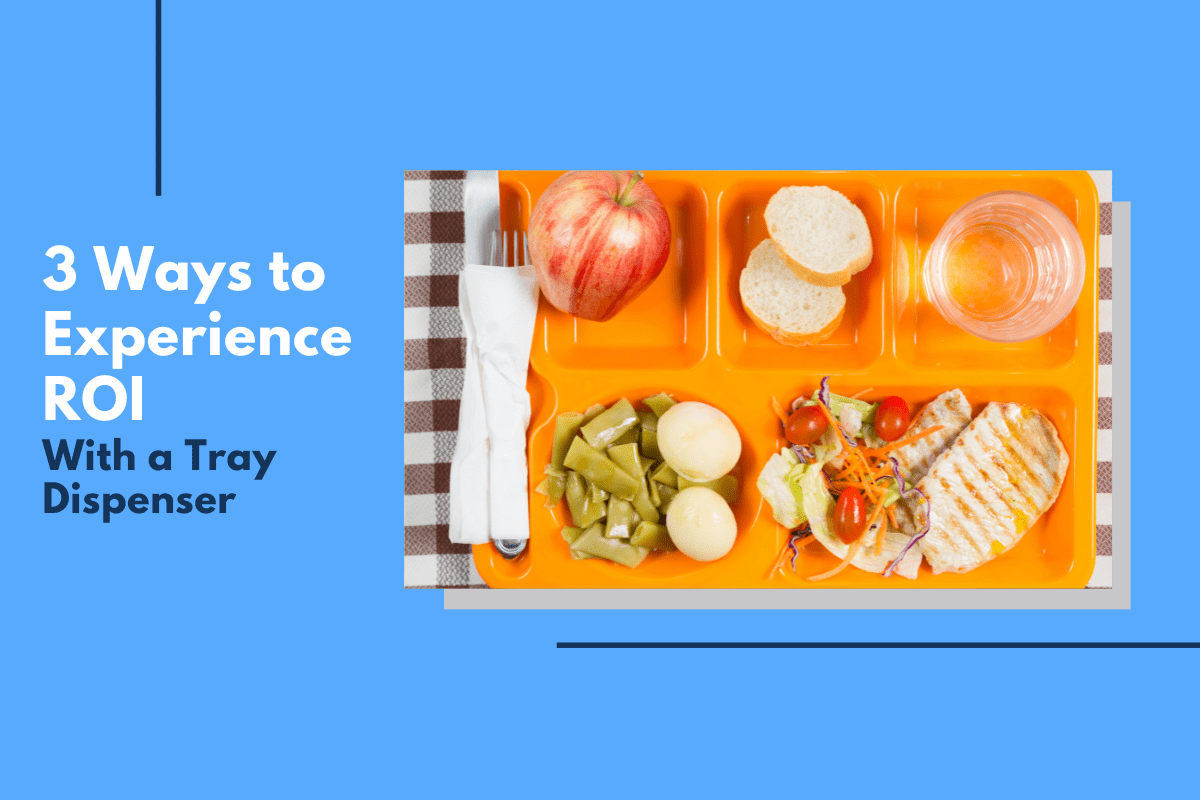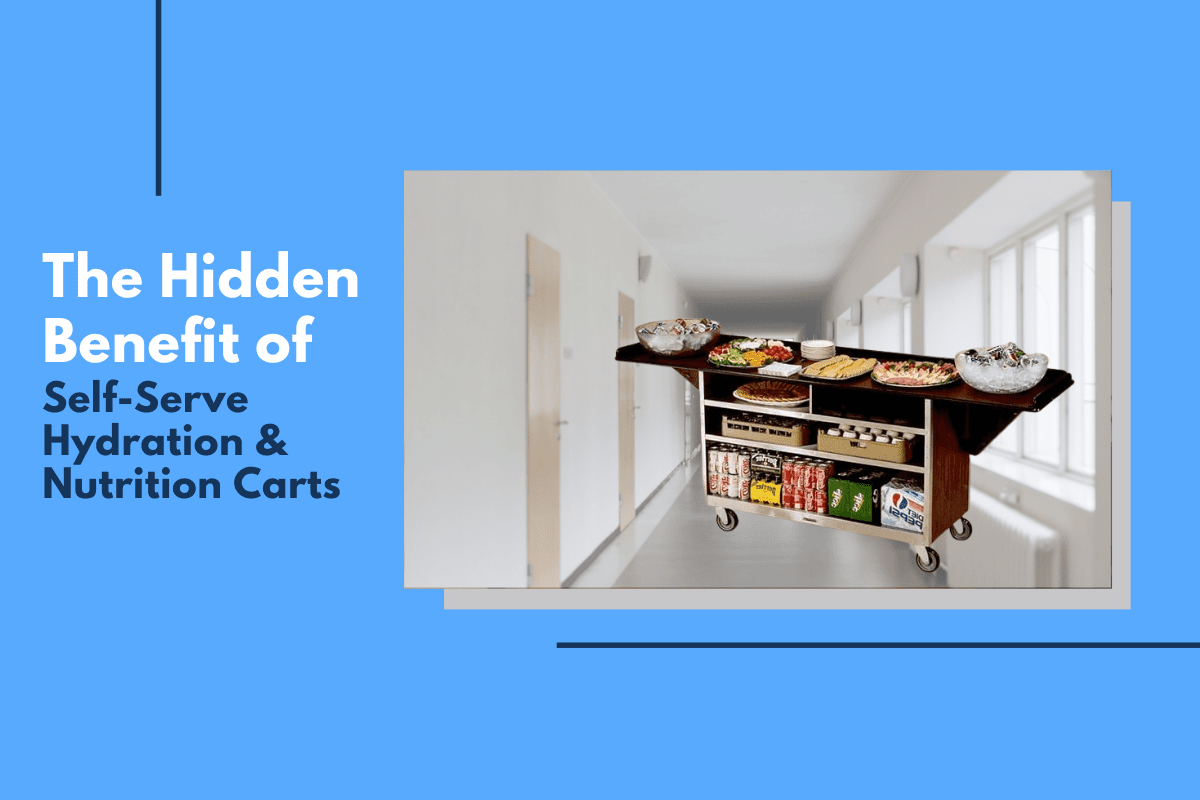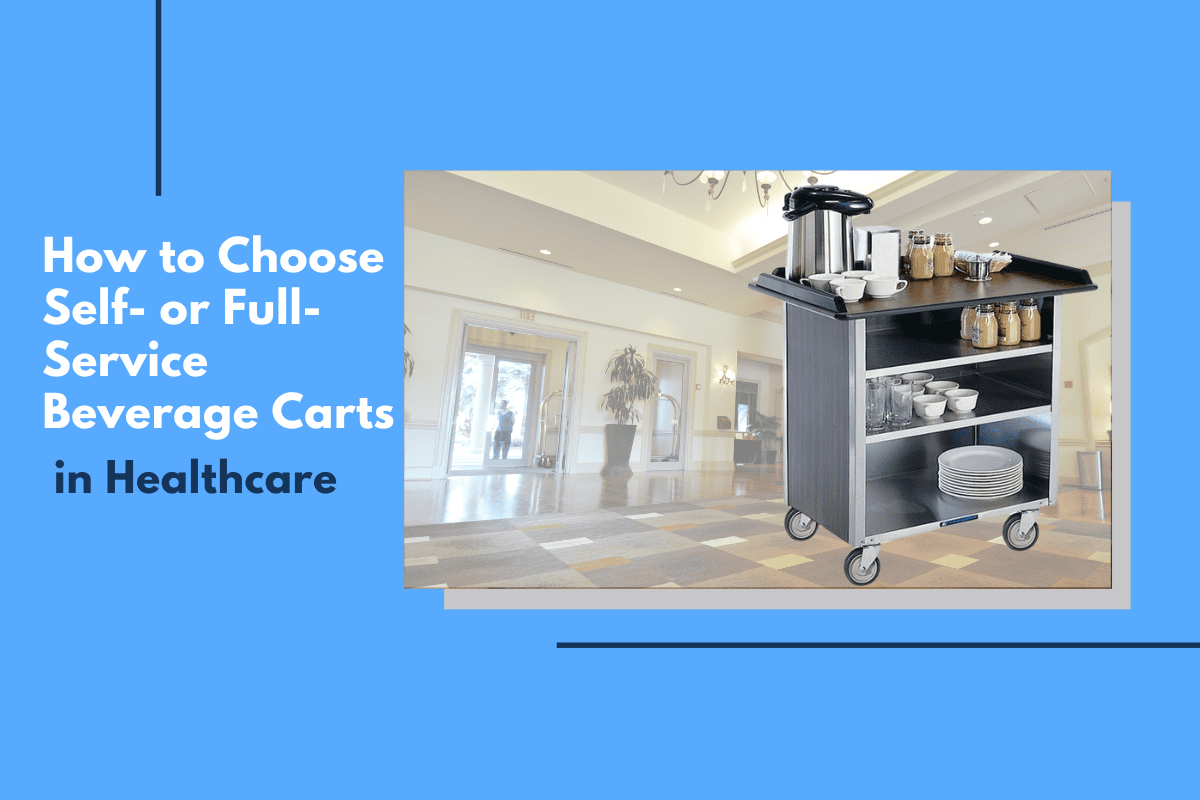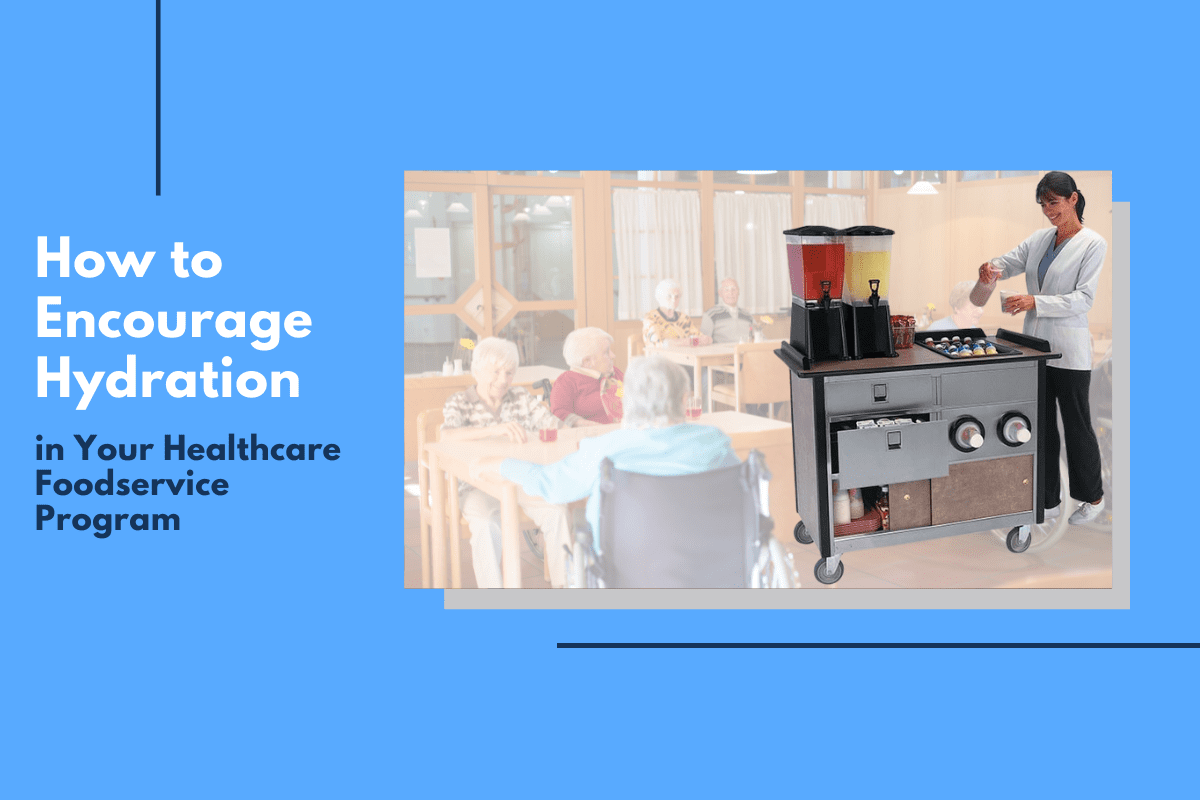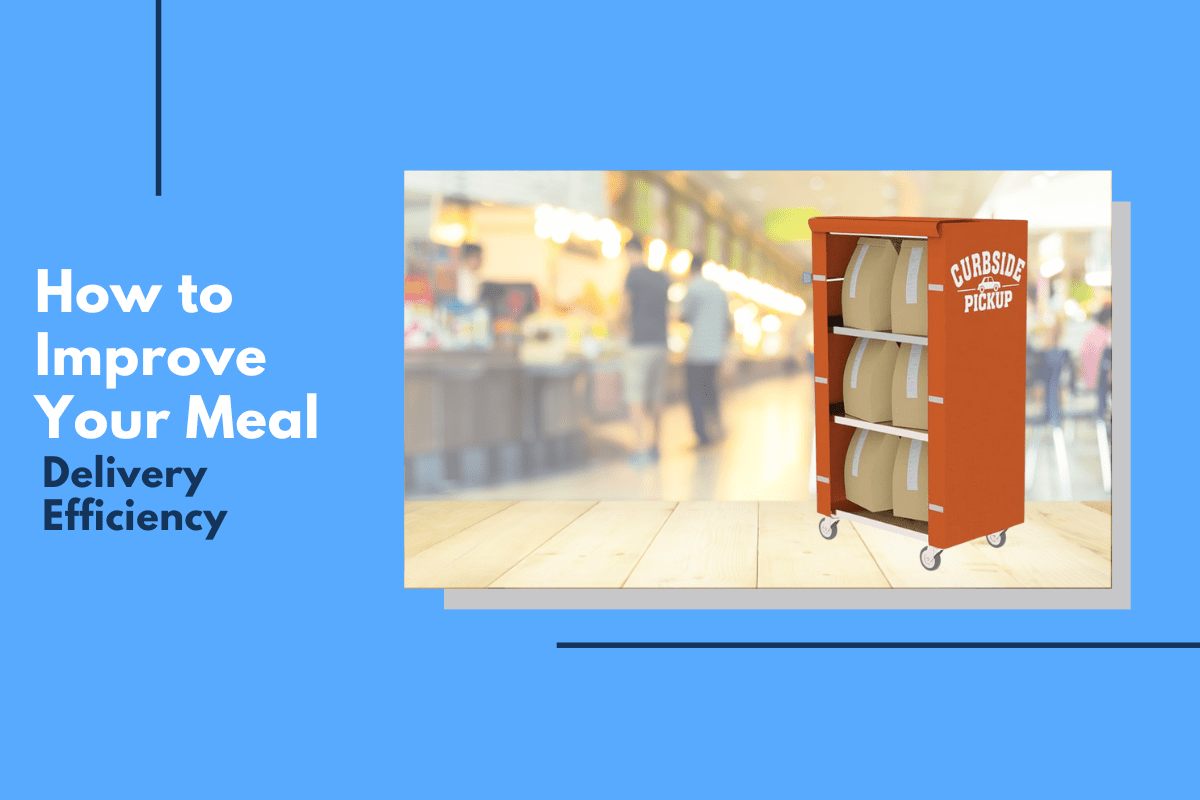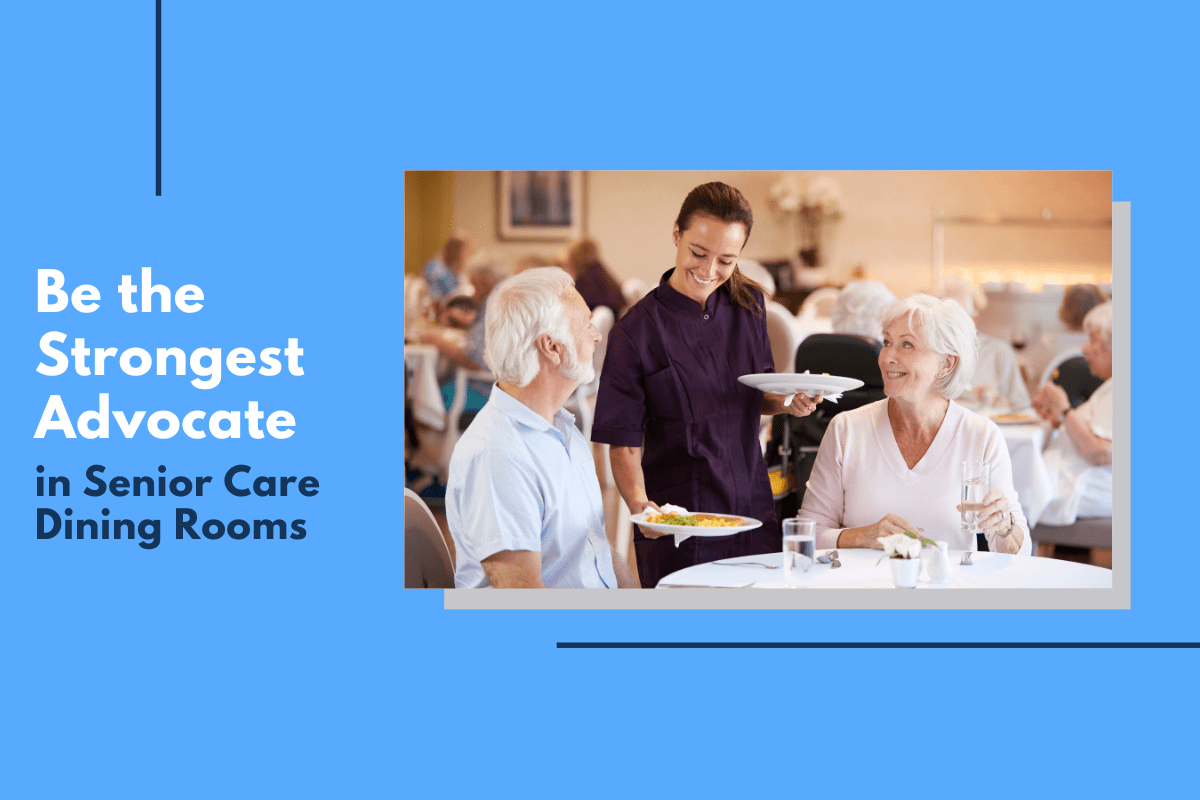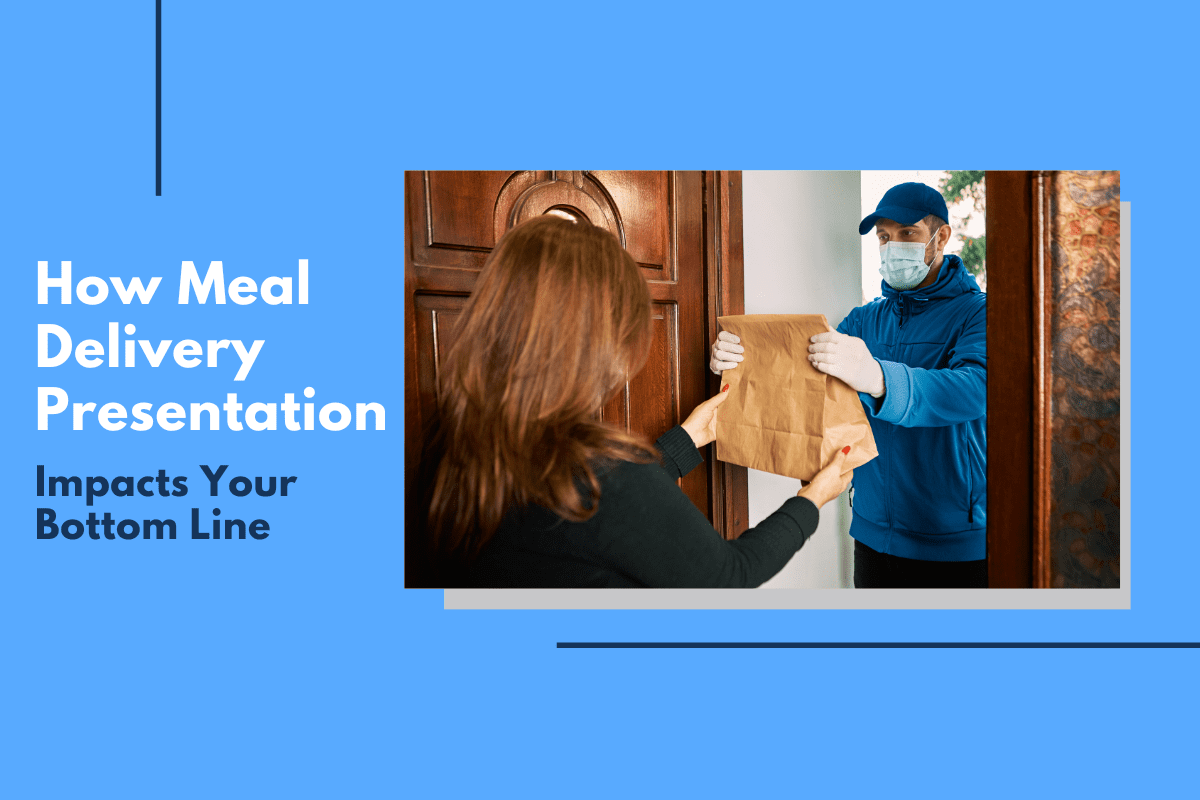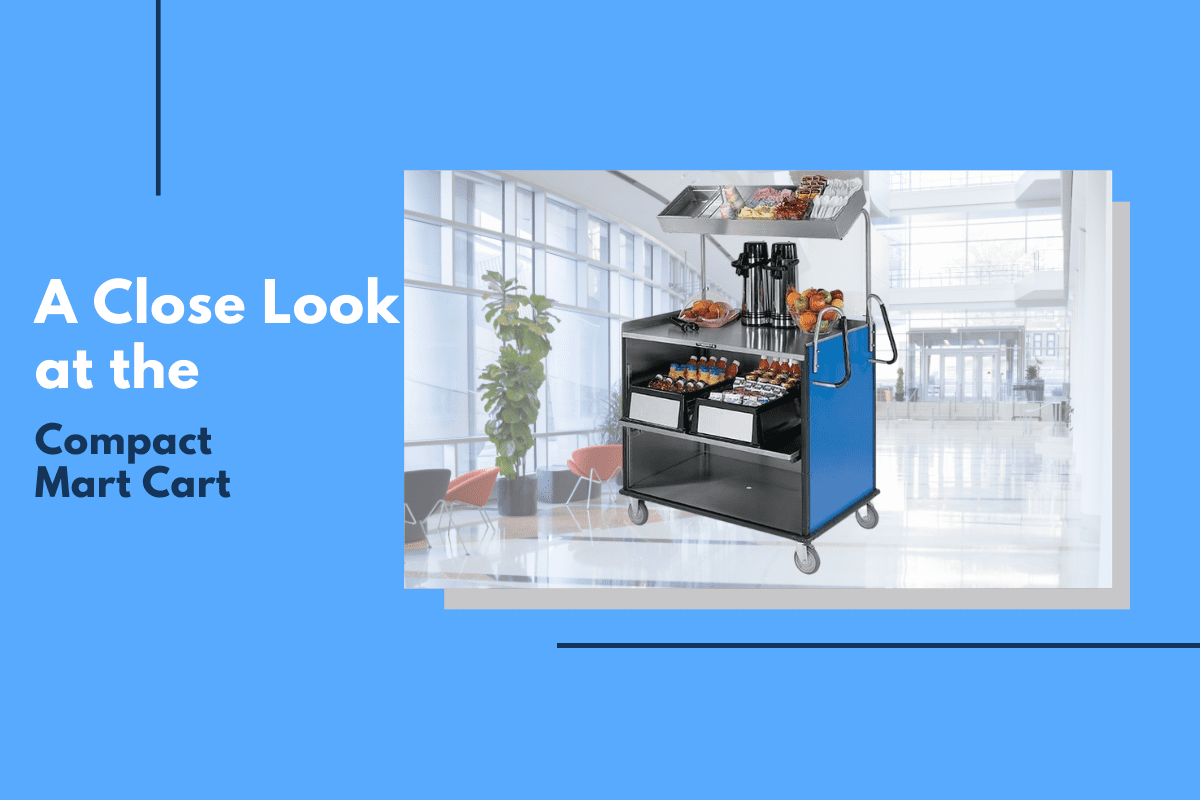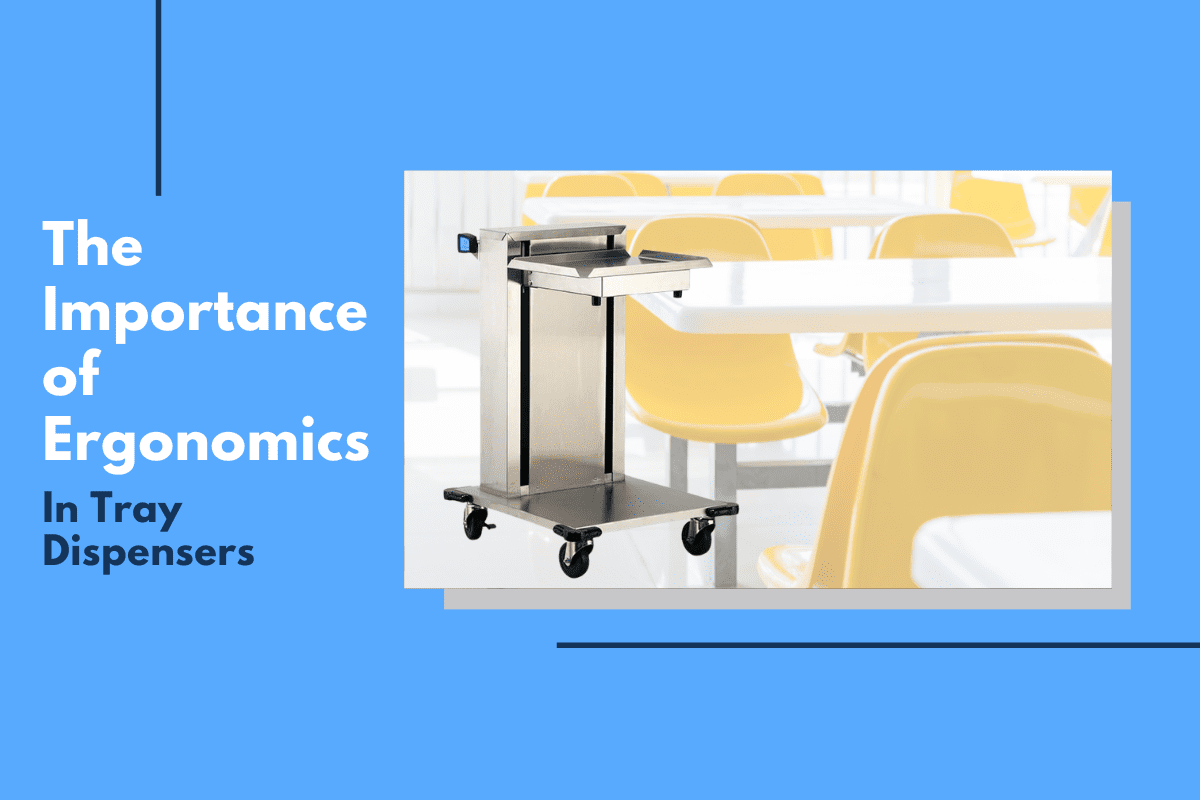
Finding the needed staffing for any foodservice operation is currently very challenging. Keeping them there is an entirely different issue. One of the best ways to retain valuable team members is to create working conditions that make the job easier. By finding solutions that help workers do their jobs with less stress and strain, more workers will be interested in staying on the job. That, in turn, brings in new talent and helps retain existing staff simultaneously.
For foodservice operations where serving lines are part of the equation, considering tray dispensers can be an easy win with staff, eliminating the need for constant shuttling of trays from the back of the house to the serving area. While tray dispenser ergonomics is not something everyone thinks about, the workers who use these dispensers will certainly notice the difference. Here’s why:
How Do Ergonomic Tray Dispensers Work?
For an ergonomic tray dispenser to work correctly, it requires spring tension that will raise the trays to the proper height for dispensing. Adjusting the height level is extremely easy, and workers can attach and detach springs as they need to make sure the dispenser is at the right height. It only takes a moment to make adjustments, and once the height is accurate, it will remain where it was placed until springs are attached or detached again.
There are several sizes and styles of ergonomic tray dispensers to choose from, allowing workers to have all the space they need for trays while still maneuvering the units through the kitchen and dining areas with ease. Choosing an open design can make loading and unloading easier, and there are cantilevered options that can also meet foodservice needs. The right ergonomic tray dispenser gives workers convenience.
How Do Ergonomics in Tray Dispensers Help Workers?
By considering ergonomics in tray dispensers, operators minimize the need to reach beyond a person’s capacity — literally. This helps staff not only when loading units, but also when unloading trays, cleaning the dispenser, and preparing the tray dispenser for a foodservice event. Whether workers use the tray dispenser daily or it is needed infrequently, making sure trays can be easily accessed with a dispenser that requires little maintenance is a great way to show support for staff.
With adjustable tray dispensers, it’s also easier to accommodate a wider range of physical abilities, making the pool of potential applicants larger because the physical stresses of the job will be easier. In addition, the chance of workplace injury will also be reduced. That benefits the workers who are operating the tray dispenser but also the company that employs those workers and needs them to be healthy and available for foodservice events.
Do Ergonomics Matter to Customers?
Customers can also appreciate the value of ergonomics when it comes to tray dispensers. As they grab trays for use, they will not need to bend and stretch in ways that might not be comfortable for them. And because trays are literally the first thing a guest will encounter, they will set the tone for the entire dining experience. Whether they are in the hospital cafeteria on their lunch break, at school getting their education, or in a corporate setting at a banquet or catered event, being able to easily reach a tray and move on with their dining experience can make a big difference in their level of comfort.
From workers to customers, and anyone who uses or interacts with tray dispensers, ergonomics have value. Adjustable tray dispensers are more convenient, and they reduce the chances of injury and discomfort for anyone who loads or unloads them, as well as anyone reaching for trays during their dining experience.




